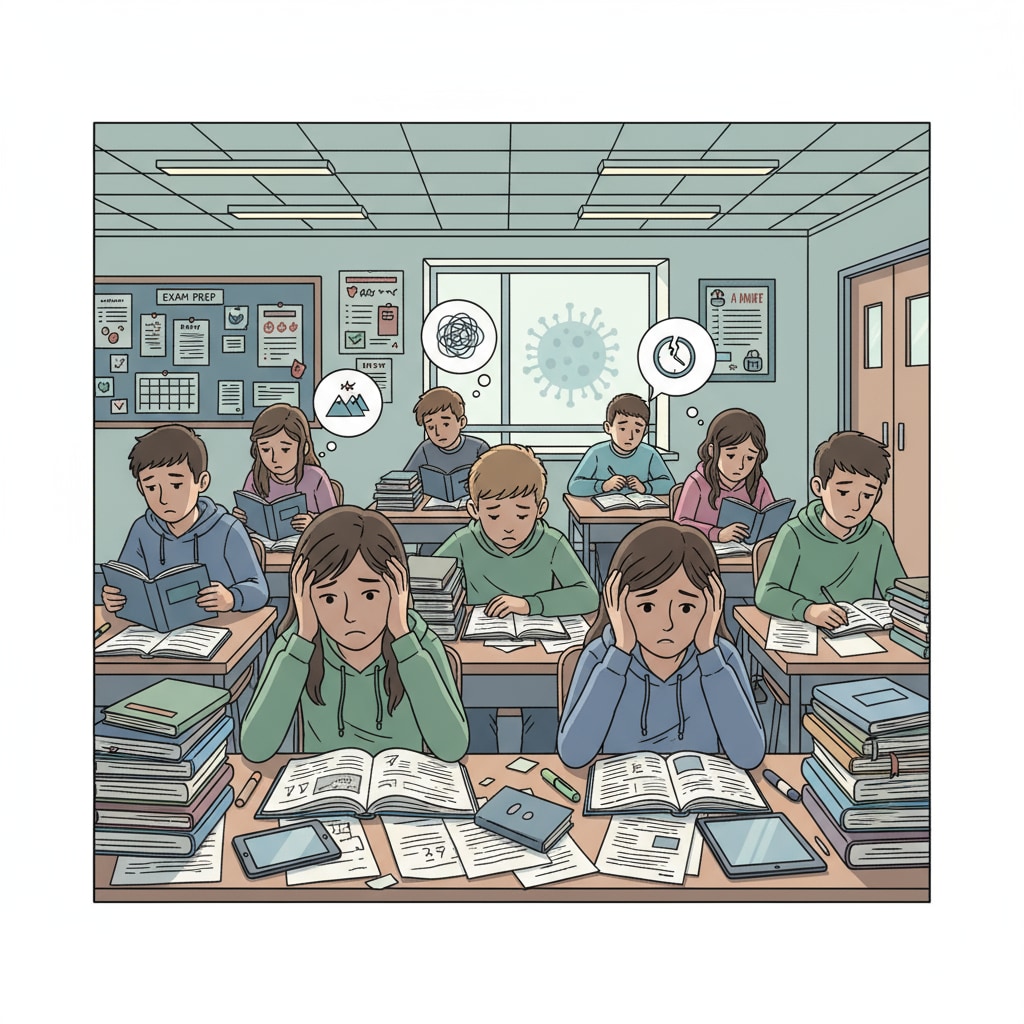In the post-pandemic era and digital media landscape, secondary education theories are undergoing a significant transformation. The integration of digital tools and new educational concepts is reshaping the way students learn and educators teach.

As the world emerges from the pandemic, the education sector has been forced to adapt to new norms, and digital media has become an integral part of this change.
The Challenges in Secondary Education Post-Pandemic
After the pandemic, secondary education faces several challenges. Firstly, students’ learning gaps have widened. Remote learning during the pandemic was unevenly implemented, with some students lacking access to proper digital devices or stable internet connections. Therefore, educators now need to find ways to bridge these gaps. Secondly, the mental health of students has become a concern. The isolation during the pandemic has affected students’ social and emotional well-being. For example, students may experience increased stress and anxiety, which can impact their learning. Challenges in Secondary Education Post-Pandemic on Education.com

Innovative Paths: Incorporating Digital Literacy
In this digital age, digital literacy is crucial for secondary students. It is not just about using technology but understanding how to evaluate information online, protect personal data, and communicate effectively in the digital realm. Educators should design curricula that enhance students’ digital skills. For instance, teaching students how to identify reliable sources of information on the internet. By doing so, students can become more independent learners in the digital world. ISTE Standards for Students on ISTE.org
Another aspect of innovation is social and emotional learning. In addition to academic skills, students need to develop strong social and emotional intelligence. This can be achieved through activities such as group projects, where students learn to collaborate, communicate, and manage conflicts. These skills will help them succeed not only in school but also in their future careers.
Hybrid teaching is also a key innovation. Combining in-person and online learning allows for greater flexibility. Teachers can use digital media to provide additional resources and support to students, whether they are in the classroom or learning remotely. This model can better meet the diverse needs of students.
In conclusion, the post-pandemic era and digital media have presented both challenges and opportunities for secondary education theories. By addressing the challenges and implementing innovative strategies like enhancing digital literacy, promoting social and emotional learning, and adopting hybrid teaching, educators can create a more effective and engaging learning environment for secondary students.
Readability guidance: The article uses short paragraphs and lists to summarize key points. Each H2 section provides relevant details. The proportion of passive voice and long sentences is controlled, and transition words are used throughout to enhance readability.


